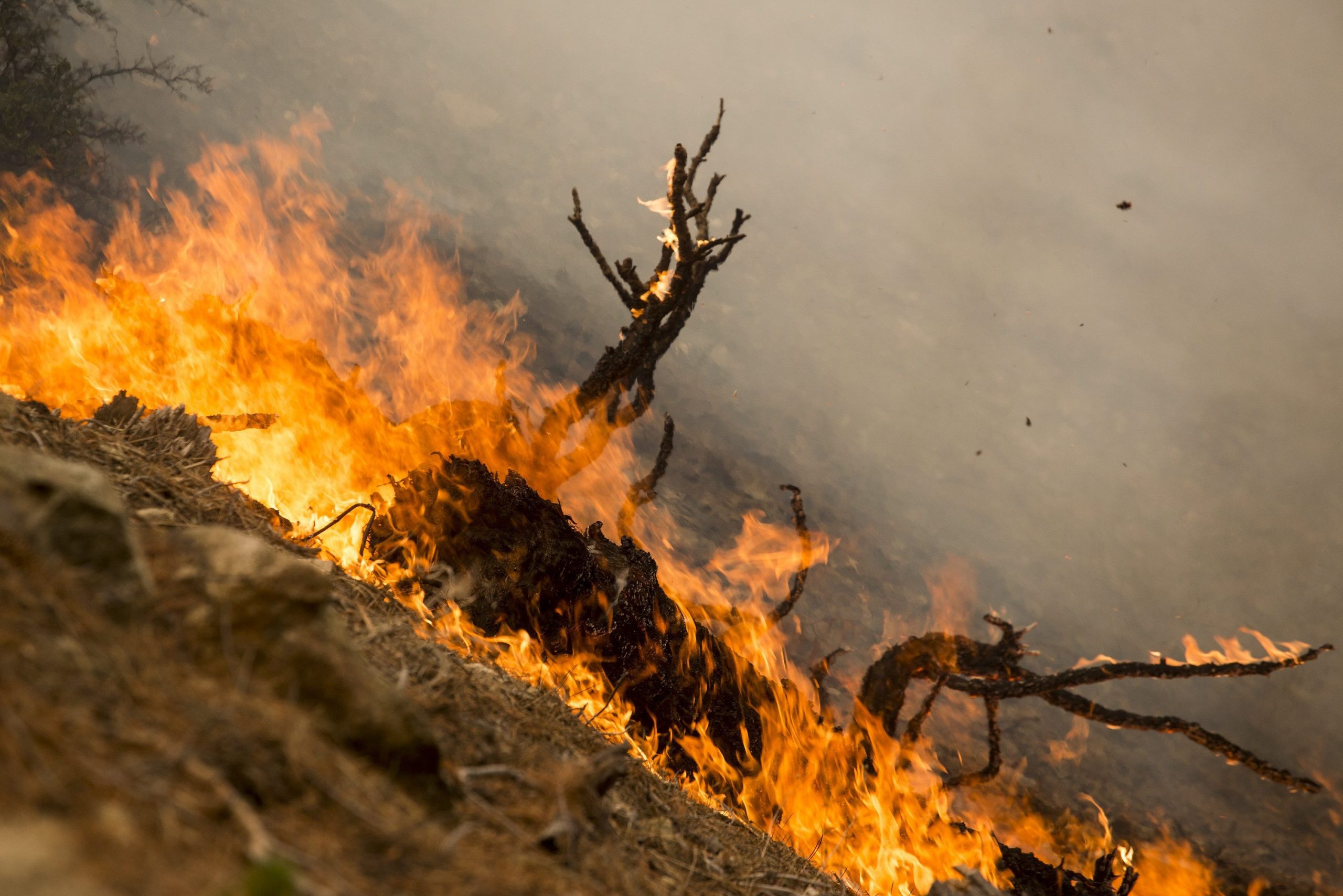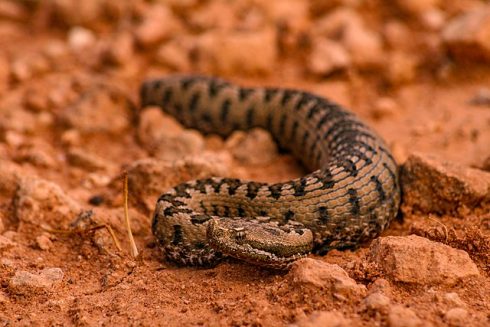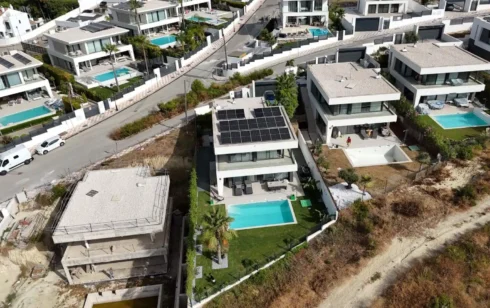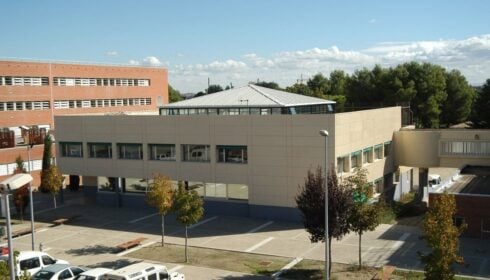WITH a drought followed by unseasonal high temperatures, no wonder AEMET (the state meteorological agency) has been issuing extreme fire risk warnings all over the country.
Spain has an average of 11,700 forest fires a year. Small fires are nature’s way of clearing out dead vegetation and making way for the new, but a lot of these are big. In fact, the number of large fires (anything spreading over 500 hectares) has increased 20% in the last decade.
Nearly half the municipalities in Spain are within High Risk Zones for fires, though most fires aren’t where you’d expect them to be, in the hot, dry south, but in the northwest: Galicia, Asturias, Cantabria and the provinces Leon and Zamora account for nearly 60% of fires and 86% of area affected.

Photo: Cordon Press
Sometimes the cause is natural, for example, the molten lava spewed by the Cumbre Vieja volcano in La Palma, or lightning, responsible for 3 in 100 fires. But 95% of the time wildfires are caused by humans making a mistake as they go about their business in extreme weather and a tinder-dry landscape, and occasionally, on purpose. Here are ten of the worst forest fires in Spain this century:
Sierra Bermeja, Malaga, September 8 2021
This was the first sixth generation fire to be registered in Spain. Linked to climate change, superfires – as they’re known – are extremely explosive, high speed and erratic. It burned through 10,000 hectares in the mountains above the Costa del Sol, caused 3,000 people to be evacuated, and cost the life of firefighter Carlos Martinez Haro. Investigators suspect it was started with a flammable liquid.

Photo: Ence.es
Navalacruz, Avila, August 14 2021
A motorcyclist sees smoke coming from a vehicle up ahead on the Avila-Cordoba road, and flags the driver down. But the engine is on fire, the grass on the verge catches and, propelled by 70km gusts, a wall of flames rushes fast across 22,000 hectares of farmland and forest, all dried out after heatwave of 38-degree days, to become the worst fire in the history of Castilla y Leon.
Valleseco, Gran Canaria, August 10 2019
A badly maintained power line rubbing against a pine tree at the bottom of a forested ravine causes a fire that lasts 40 days, destroys 10,000ha and results in 10,000 people being evacuated. Though not categorised as a sixth generation fire, this inferno created its own weather system, with swirling winds and a column of cloud visible from space.

Photo: Cordon Press.
Galicia and Portugal, October 8-15 2017
Not a single fire, but an apocalyptic cluster of fires that jumped and reignited and covered a total of 300,000 hectares on either side of the border in the space of a week. Experts say dry, hurricane force winds pushed in by Tropical front Ophelia made a bad situation a disaster.
Tejeda, Las Palmas, September 20 2017
Started by a shepherd burning brush to clear a grazing area in the old, traditional – but illegal in summer – way. Rain helped bring the blaze under control after four days, but not before thousands had been evacuated and a Swedish woman, Carin Brigitta Ostman, (who’d called her neighbours to warn them), had died trying to save her sheep.

Photo: Flickr.
Corte de Pallás & Andilla, Valencia, June 28 2012
Two men chose a 40-degree day to install solar panels at a casa de campo. A welding spark plus strong wind combined to whip up an inferno that destroyed 30,000 hectares, affected a dozen communities, and resulted in the death of a fire services helicopter pilot. In this one incident, say the WWF, half a million tons of CO2 was released into the atmosphere – the amount produced by 380,000 cars in a year. The next day, in Andilla, 100km to the north, a farmer who had allegedly been burning stubble, started a fire that devastated a further 22,500ha.
Tejeda, Las Palmas, July 2007
To persuade his boss that fires were always a risk therefore his summer season contract should be extended, a forest ranger stopped his car en route to work, took out his matches and started an inferno that destroyed 19,200ha. Judged stupid rather than mentally ill, the arsonist was sentenced to eight months in prison. “I didn’t want to cause this catastrophe,” he said, “it just got out of hand”.

Riba de Saelices, Guadalajara, July 16 2005
Nine hikers from Madrid had a barbecue in the picnic area near the prehistoric Cueva de Casares then left to swim in the river. The wind reignited the embers and fire spread through the surrounding dry scrubland at speeds up to 121/km hour, destroying 12,800ha. Eleven firefighters – the youngest just 22 – died, just meters away from safety, trapped behind a wall of flames when the wind switched direction.
Riotinto Mines, Huelva, July 27, 2004
The worst fire in Andalucia in 20 years, started with two bins set alight on the hottest day of the year, and raged through 30,000ha of pine, oak and cork forest. A married couple from Seville died trying to escape when their car got stuck in a ditch. A man was arrested on suspicion of arson but released.

Horta de Sant Joan, Tarragona, July 21 2009
The fire destroyed over 1000 hectares of the Els Ports Natural Park but it was also one of Spain’s worst this century in terms of human cost: Five firefighters from the Grupo de Actuaciones Forestales died fighting the blaze. A sixth, Josep Pallas, suffered serious burns, but, incredibly, later returned to work for the fire service. The cause wasn’t lightning, as first supposed, but two men who had lit a bonfire.
As skilled and courageous as Spain’s firefighters are, they face an increasingly dangerous challenge with the advent of the superfire. Even more effort is being put into prevention, into making Spain more fireproof, and persuading people not to be idiots. Do your part, and keep vigilant.
For fire emergencies call 112.
READ MORE:
- Be alarmed: British couple narrowly escape house fire in Torrevieja on Spain’s Costa Blanca
- Child, 9, suffers fatal cardiac arrest following fire in Spain’s Valencia
- Catastrophe averted as suspected arsonist arrested after two fires set in Malaga natural park
Click here to read more News from The Olive Press.








